GM Jose MENA was appointed as Grand Master of Arnis Kali Eskrima in 1970, along with GM Antonio Illustrissimo, GM Ben Lema, The Canete brothers, Floro Villabril and few other legends of the Filipino Martial Arts. GM Jose Mena is recognized as one of the greatest Masters ever and he held the title of Dakilang Guro, 12th Degree.
GM José Mena is famous in the Philippines because like most Arnisadore from his generation, he has accepted all the challenges and street fights since 1934. His experience was based on survival, duels and war.
Grand Master Mena went through WW2, the Japanese occupation and rebellions in a century full of violence and fury. He descends from a lineage of Eskrima Masters from Ilo-Ilo in the Visayas and do owe his life to his knowledge in Arnis Kali Eskrima. Grand Master Mena likes to remind that he had only one teacher: His father, Professor Patricio Mena.
His father started to teach him the family style when he was 10. As a kid, he remembers his father training with some neighbors and friends of their village and his grand-father teaching Patricio Mena in the family backyard. Back then Doblete Rapilon was just self-defense and survival.
Fight to the Death
In 1934, as he was only seventeen, he is taken in hostage by Muslim pirates from the Sulu Sea in southern Philippines. At that time, the authorities do not control the region at all: The Sulu islands are still under the control of several warlords. He is then sold to a Sultan qui who quickly discovers his fighting abilities.
Each new moon, a gladiator tournament is organized and sultans send fighters to represent them in death matches. Combats are hold in an arena and bets are the rule. Barong’s blades are coated with cobra venom, to make it more spectacular and exiting.
José Mena does not have any choice: To fight or be executed. During its entire captivity, he will have to eliminate his adversaries to save his life in death matches before being declared winner and earn its share of gold and jewels.
They treat him as a hero and he receives the title of Datu (war chief), but remains a slave under strict surveillance until the next tournament, as the new moon will come again.
After more than a year in captivity, he finally finds a way to steal a boat and escape to avoid putting his life in danger again. This type of extreme experience forges the character and influences strongly the approach of fighting techniques and attitude.
The Prize Fighter
During the coming years, José Mena came to work in Manila. Curious, he studies Boxing, Karate and Ju-Jitsu or Combat Judo as it was called at that time.
During WW2 he fought against Japanese who occupy his country during and continued to prefect his art of Arnis in duels and guerilla fights.
 He fights against other masters of Arnis Kali Eskrima, Penchak Silat and Japanese Kendoka to measure his Arnis against other systems. He engages in many Arnis full contact tournaments and built a reputation as a fierce fighter. This image of GM Mena is still present in the memory of today’s Arnisadores and few dare to spare with him.
He fights against other masters of Arnis Kali Eskrima, Penchak Silat and Japanese Kendoka to measure his Arnis against other systems. He engages in many Arnis full contact tournaments and built a reputation as a fierce fighter. This image of GM Mena is still present in the memory of today’s Arnisadores and few dare to spare with him.
Master Mena does not have the attitude of a sport champion; he is a warrior, a fighter. If he accepts to fight it can only be to defend his reputation but not for sport. His generation does not practice Arnis as a sport but as a combat art. For him, boxing is a sport, not Arnis.
Aside from his many duels and challenges, GM Mena also participated in several tournaments. We must acknowledge that the rules of these tournaments were much wilder and violent than today and mortal accidents did occurred in the past.
This is Jose Mena’s verified curriculum attested by his pairs and by Doctor Estepa, member of the National Arnis Association of the Philippines (NARAPHIL) in 1970.
- 1934 – Do or Die – Jolo Sulu Real Fight – Champion
- 1936 – Jr. Instructor Division – Olympic Stadium Manila – Champion
- 1943 – Master Championship – Rizal Stadium – Champion
- 1949 – Master Championship – Rizal Stadium – Champion
- 1950 – Samahan ng Master sa PI – Rizal Stadium – Champion
- 1953 – Elimination of Master – Rizal Stadium – Champion
- 1960 – Mabalakat Master Tournament – Mabalakat – Vice champion
- 1965 – Batangas Master « Elimination » – Batangas – Champion
- 1970 – Master Category – Rizal Stadium – Champion
- 1979 – Master Category – Manila Philippines Normal – 3rd
A total of 45 years testing his skills in challenges. For which reason ?
When I asked him the question, GM Mena answered to me with a big smile: “I love to fight and it does’t matter if the guy in front of me is one meter bigger than me, I’m not afraid… and there are too much people bragging. If somebody wants to try, I am ready, even today (he was 84 at that time). Anyway, I should have died long time ago, so I do not have anything to loose, but they do!”
The Master & Teacher
In 1951, GM Mena opens the first school of Arnis to the public in Manila. The Tondo Arnis Club and latter the Black Eagle is situated in Tondo, the notorious and dangerous area of Manila Docks.
He is invited with his association Black Eagle to visit several Asian countries and meet fighters from other systems; In Japan, Indonesia and Thailand. He receives the title of Grand Master in Arnis Kali Eskrima from the son of President Marcos in presence of four Filipino Generals. Today, he is granted the ultimate title of Supreme Grandmaster.
Like most Arnis Master, GM Mena was a close-combat instructors for the Police and the Philippines Army Forces as well as the US Army based in the Philippines. Read more
His expertise and knowledge in combat is universally recognized by the community of Masters of Filipino Martial Arts throughout the world and many federations of Kali Arnis and Eskrima.
In 2001, he received a nomination in the Martial arts All of Fame in the USA. GM Mena appears in numerous books and articles: Arnis and Filipino Martial Culture from M. Wiley, Masters of Kali Arnis Eskrima by PG E. Sulite.
Aside from being an exceptional expert and skillful fighter, GM Mena also had, a good level of education and this has allowed him to organize his system, to classify the techniques and elaborate a teaching progression with 52 steps.
His very good English had a positive impact because he was able to share his knowledge with many foreigners and martial art experts who came in the Philippines to study under his guidance.
His friendly attitude, mark of his Ilongo origin, could not hide however his fiery temper. And as he used to say: “who ever wants to fight me, 6 foot, 7 or 9 foot tall, I will fight. bring them on!”
We can regret however that GM Mena never put any formal organization to develop his system to an international scale. This task will be the responsibility of his students so that we can conserve and make the best of his lifetime’s contribution to the Philippine Art of Arnis Kali Eskrima.
Doblete Rapilon however remains a family system and GM Mena’s son Mario Mena remains certainly one of the best expert of his family’s system.


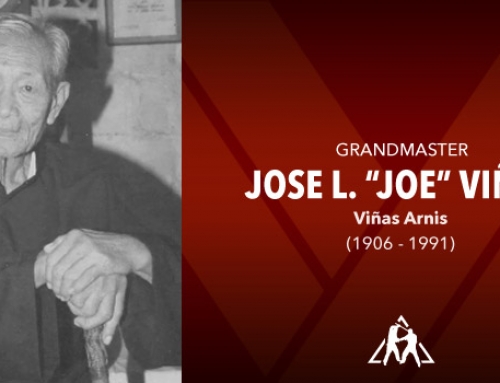
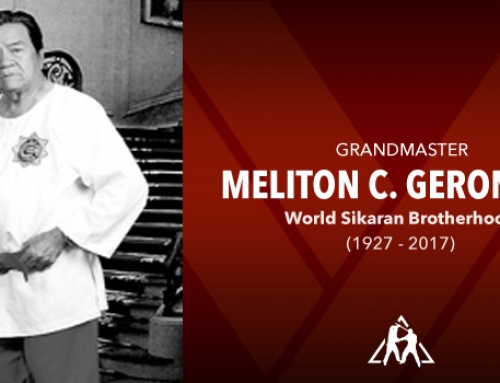
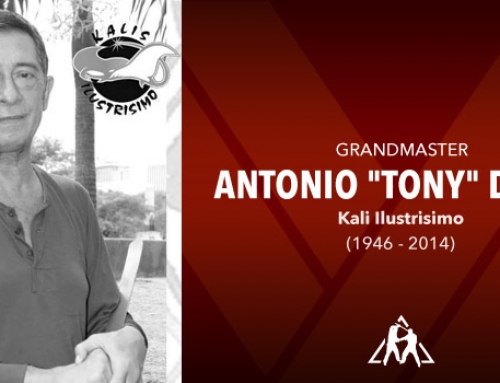
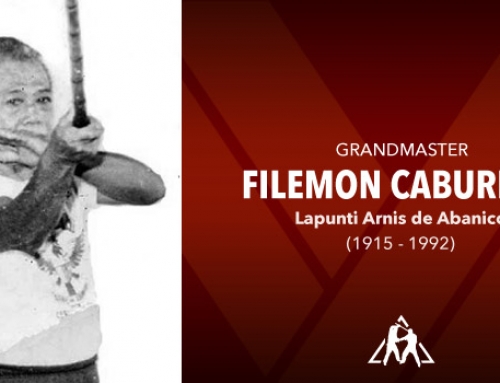

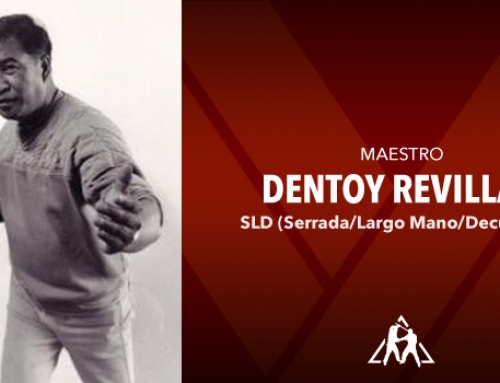
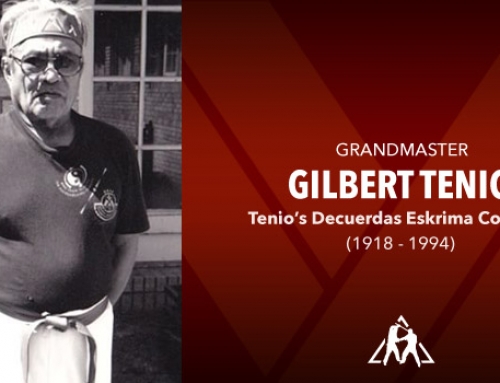
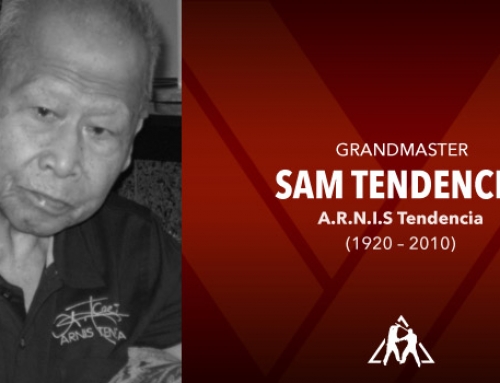
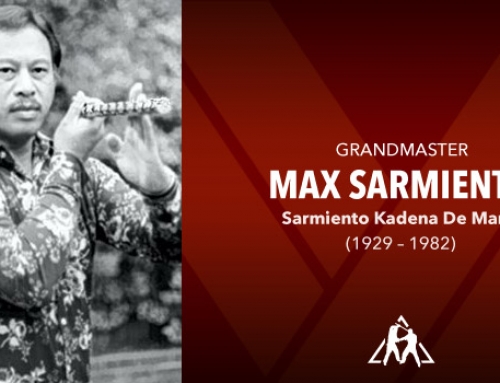
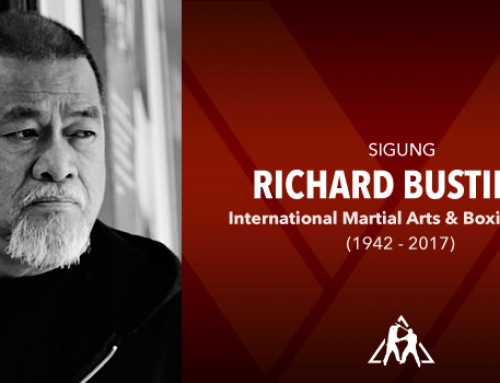
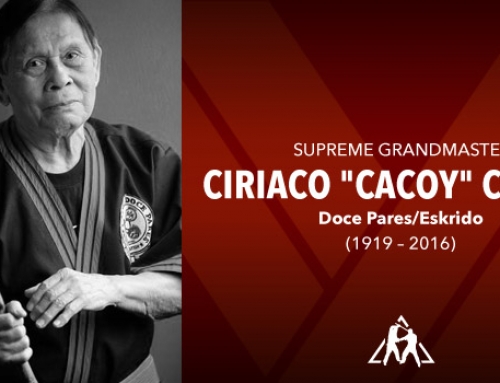


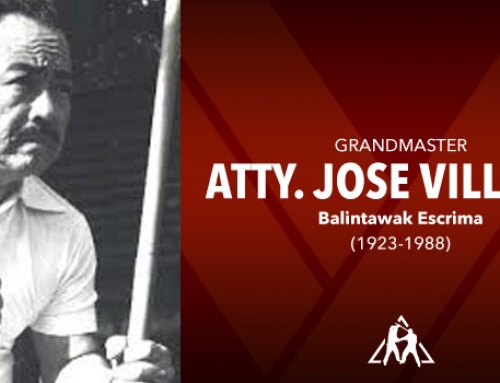
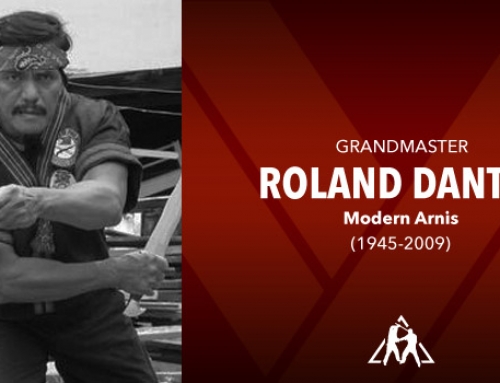
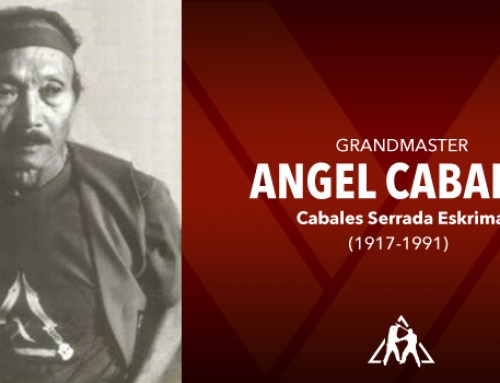
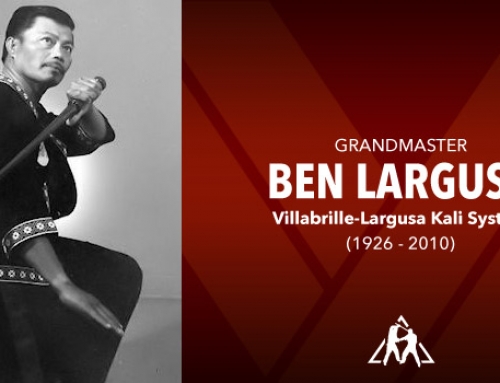

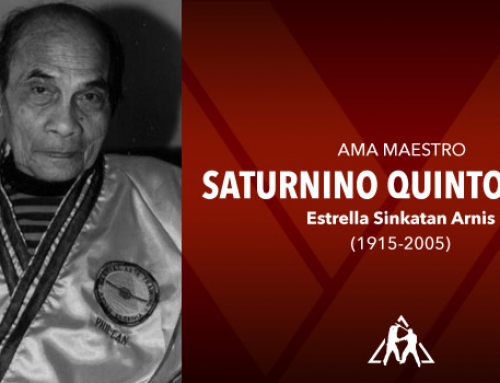
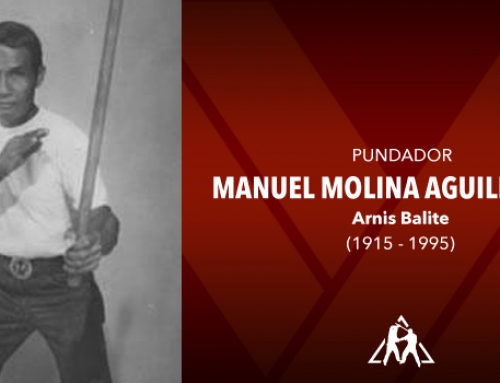
Leave A Comment
You must be logged in to post a comment.